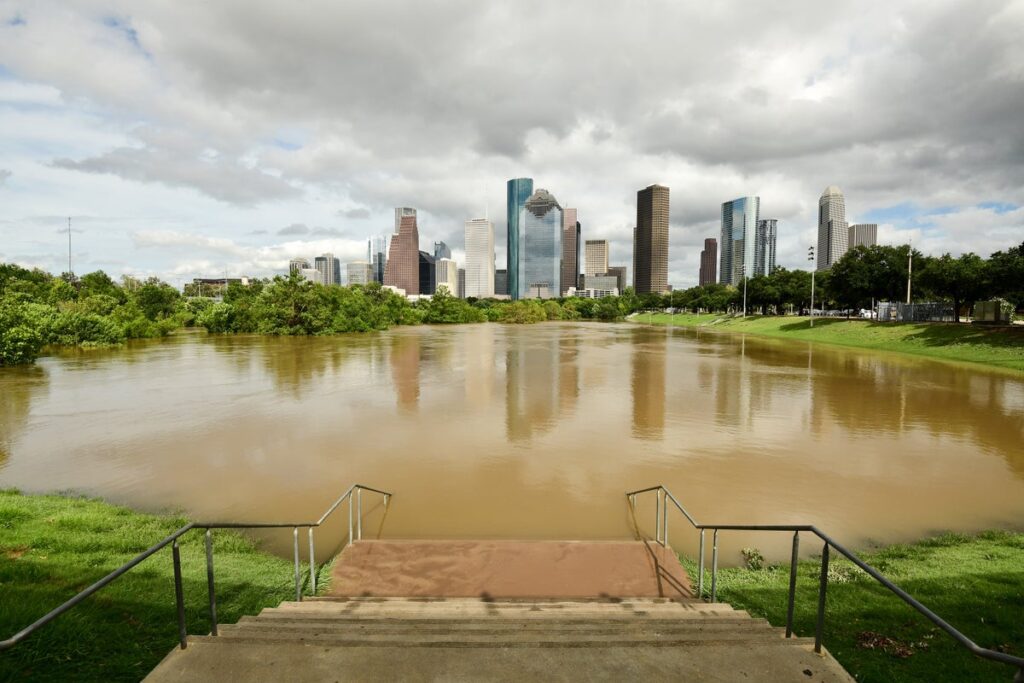The Sinking Dilemma of America’s Most Populous Cities
The Unseen Crisis
Recent research has revealed that all 28 of the most populous cities in the United States are experiencing subsidence, a phenomenon that heightens their vulnerability to flooding and threatens existing urban infrastructure. The study, published in Nature Cities, delineates the issue primarily arising from groundwater extraction to meet the demands of expanding populations and commercial activities.
Study Findings
Lead researcher Leonard Ohenhen, from Columbia University, emphasizes the extent of the subsidence, noting that this issue has been recognized in cities like New Orleans but is now evident in other urban centers as well. The innovative use of interferometric synthetic aperture radar (InSAR) has enabled researchers to measure minute deformations in the earth’s surface with high precision, down to the millimeter scale.
Impact of Subsidence
The study identified that:
- At least 20% of the area in all 28 cities is sinking.
- In 25 of those cities, over 65% is affected by subsidence.
- Cities like New York, Chicago, and Houston show an average sinking rate exceeding 2 millimeters annually, with some areas in Houston sinking over 10 millimeters per year.
Though these numbers might seem minimal initially, cumulative effects over time can lead to significant infrastructure damage. Variations in sinking rates across different urban areas can contribute to tilting buildings and complicate flood management, forming “subsidence bowls” that trap water instead of allowing it to flow freely.
Groundwater Extraction and Long-term Risks
According to the findings, approximately 80% of the reported subsidence is linked to groundwater extraction. This highlights an urgent need for cities, especially those in drought-prone areas like Texas, to balance the demands for water with efforts to maintain stable aquifers. The long-term implications of ignoring these issues could exacerbate existing challenges as populations grow and climate conditions become increasingly unpredictable.
The Call for Action
This research underscores the importance of recognizing subsidence as a widespread issue beyond historically affected areas like New Orleans. As Matt Pritchard, a Cornell University geophysicist, states, communities should be vigilant across not only metropolitan regions but also in smaller towns where similar patterns may be emerging.


